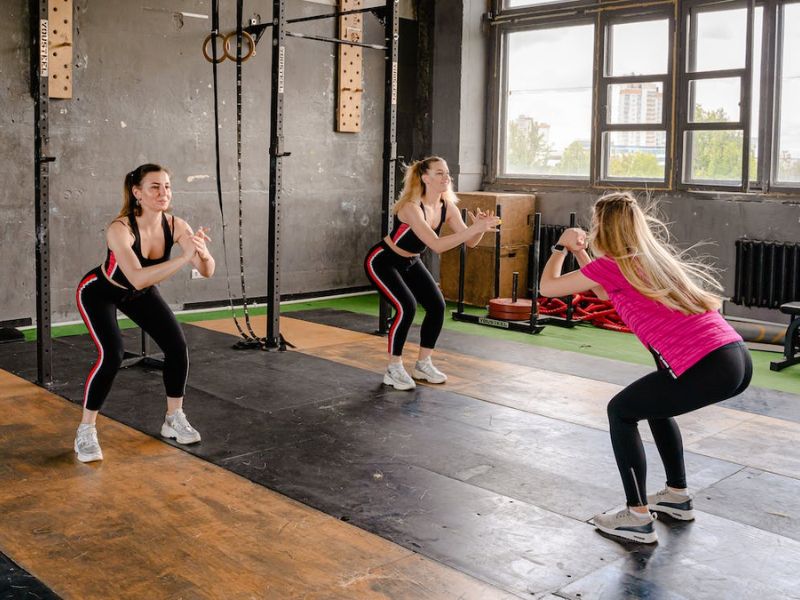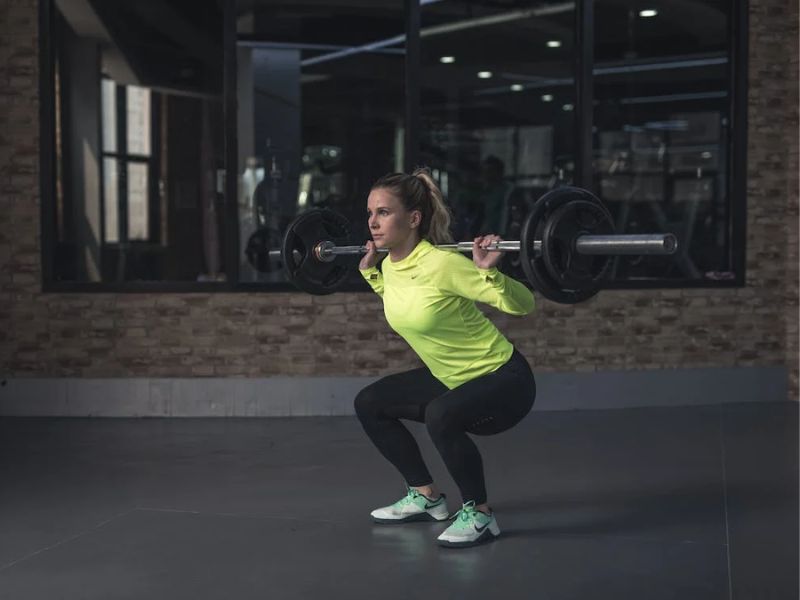Once again, 30-day fitness challenges dominate social media. From family workouts to flat-abs or daily yoga, fitness influencers continuously promote new ideas, typically lasting a month. A viral challenge is the 30-day squat challenge, where participants incorporate a variety of squat movements, including advanced ones, with occasional rest days. Whether you’re joining this challenge or simply adding squats to your routine, experts discuss proper squat techniques and the exercise’s health benefits.

Image Credit: Pexels/Antoni Shkraba
Squats: How To Do Them
Body squats are a popular exercise for strengthening the lower body. They require no equipment and can be done with limited space. To perform a squat, stand with feet shoulder-width apart and hands behind the head. Lower your body until your thighs are parallel to the floor, then return to the starting position. Incorporating leg kicks, using resistance bands, or weighted barbells, extending the stance, and incorporating jumping can enhance this movement.
How Do Squats Work Your Muscles?
According to Loren Fishman, MD a professor of physical medicine and rehabilitation, squats primarily target the quadriceps and gluteus maximus muscles. Additional muscles involved include the adductor, abductor, and iliopsoas muscles, which contribute to balance and control during exercise. Squats also engage the hamstrings, calves, and muscles in the buttocks and thighs, providing a comprehensive workout for these areas.

Image Credit: Pexels/Li Sun
How Do Body Squats Benefit You?
Squats offer numerous benefits for muscle growth, calorie burning, and cardiovascular fitness. They strengthen tendons, bones, and ligaments while promoting stability around the knees, making them valuable for knee injury recovery. Squats also improve bone density, flexibility, and overall mobility, particularly in older adults. It is vital to squat correctly to benefit overall fitness and mobility. It’s essential to maintain proper form during squats to avoid injuries. Avoid excessive weight and keep knees shoulder-width apart to prevent strain on the knees and hips. Maintain an upright chest and follow proper breathing techniques to protect the lower back. Some individuals may opt to use a back brace or weightlifting belt for additional support.